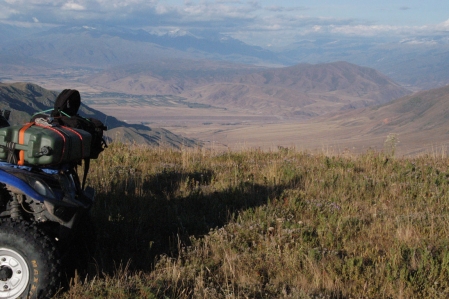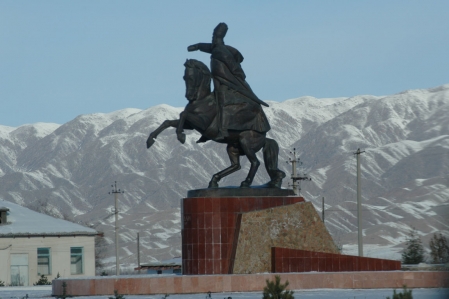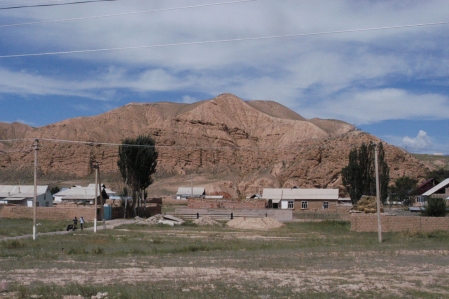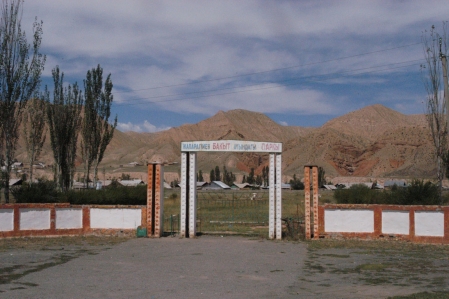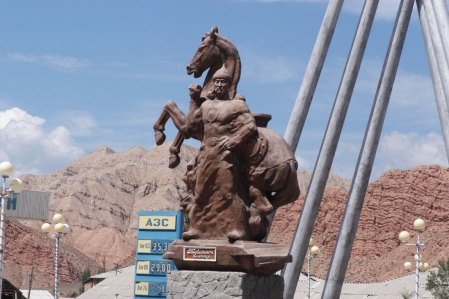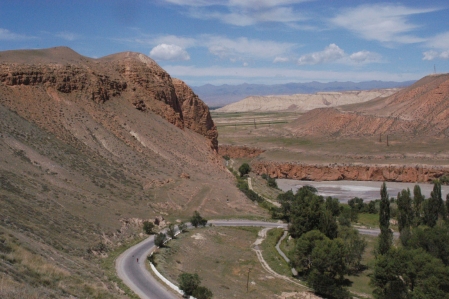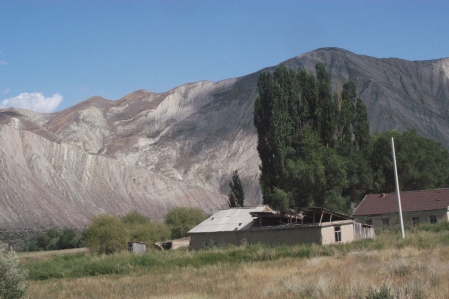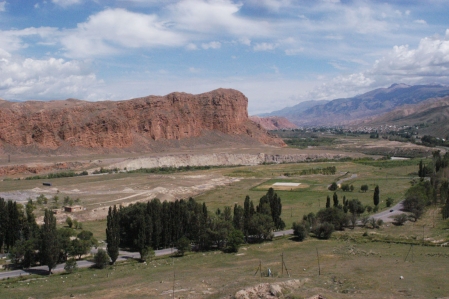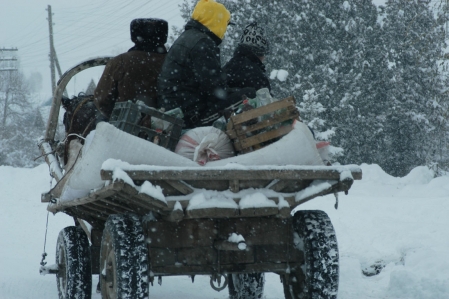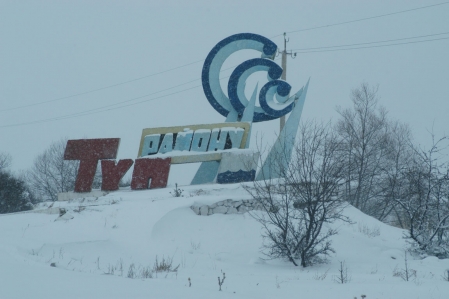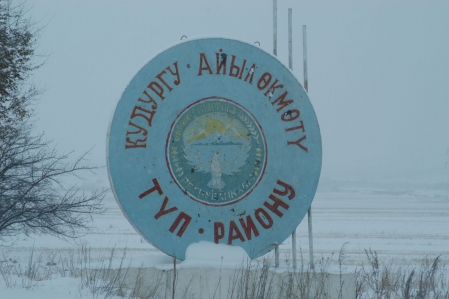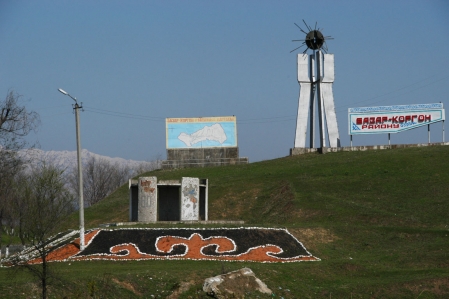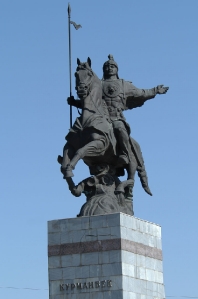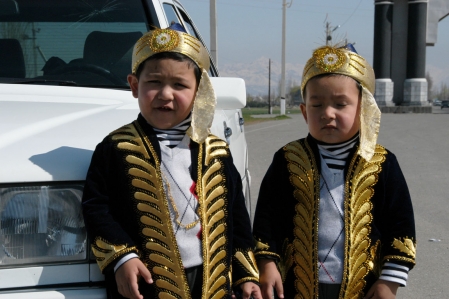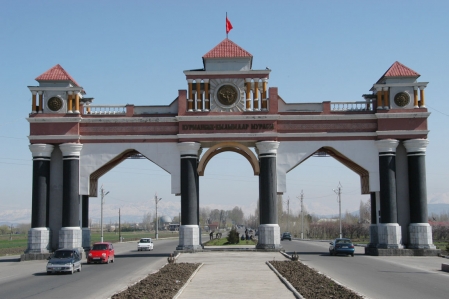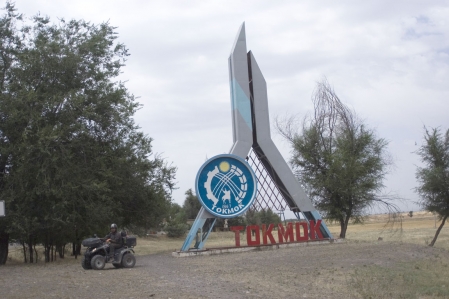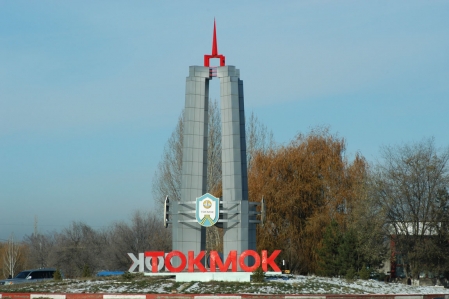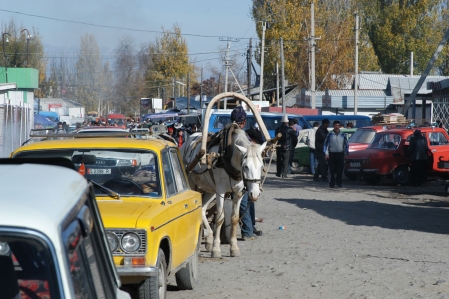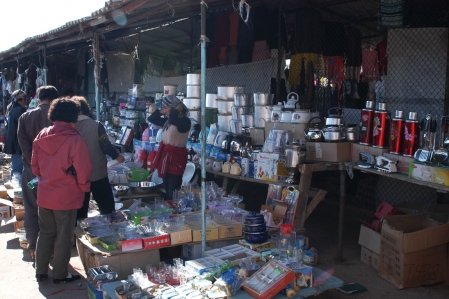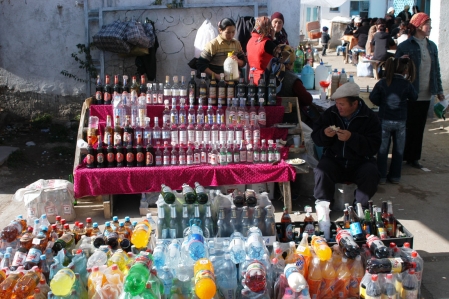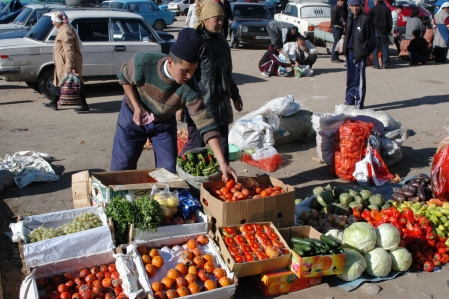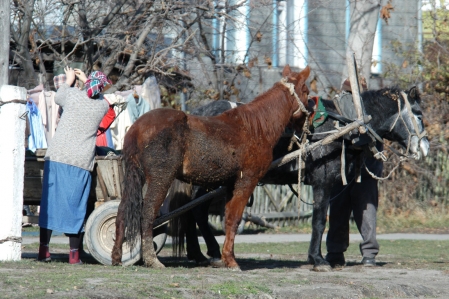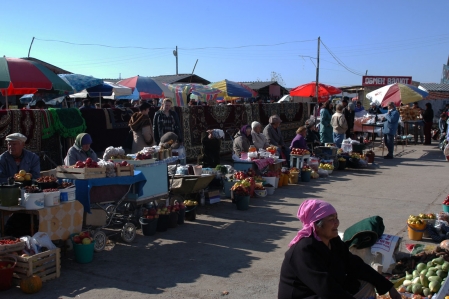Jalalabat is a city in the south-west of Kyrgyzstan. It is the administrative seat of the Jalalabat area. The city has about 89,000 inhabitants, making it the third largest city in the country. The territory of Jalalabat is one of the 7 administrative districts of Kyrgyzstan. The administrative area covers an area of 32,418 km² and Houses approximately 1.010.000 inhabitants. The district capital city with 97,200 inhabitants is also the largest city in the area of Jalalabat.
Between Bishkek - Naryn and Jalalabad are some passes which are over 3,000 heights are unfortunately all together no good asphalted roads possess. More than 50% of the route is covered on gravel roads. In Jalalabat there are numerous mountain lakes, mineral springs and nut forests. The nut forests have an extension of 30,000 hectares and are thus the largest in the world. Of particular importance are the walnut forests at Arslanbob.
Karakol is a city with about 75,000 inhabitants at the eastern end of the lake Issyk-Kul. As well as is located about 150 km from the Chinese border. Karakol was once a part of Silk Road but unfortunately played only a subordinate role there. Karakol is the starting point for trekking trips and for mountaineers who are aiming at the mountains of Tian Shan. The highest peaks of the Tian Shan Mountains are the Pik Pobeda with 7,439 m and the Khan Tengri with 7,010 m. From Karakol to the Base Camps of the two peaks you need only 8 hours.
The city has a wooden mosque. The mosque was built between 1907 and 1910 by Chinese skilled workers and locals. The Dungans built the mosque in the style of the Tsin Dynasty and completely without metal nails. A wooden orthodox church was built around 1895, which was used as a club and warehouse during the Soviet period. It was restored and handed over to the original destination of the Orthodox Churches.
In Karakol there is the Przhevalskiy Museum and Monument, the Dungane Mosque from 1910, the Russian Orthodox Church and the Kupecheskii Proced Street, which imitates the 19th century style. Karakol has the typical appearance of a Russian colonial city.




